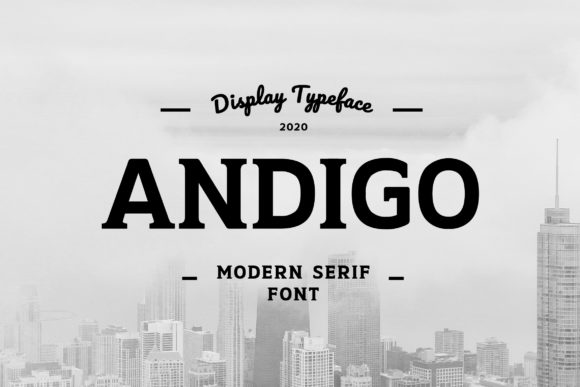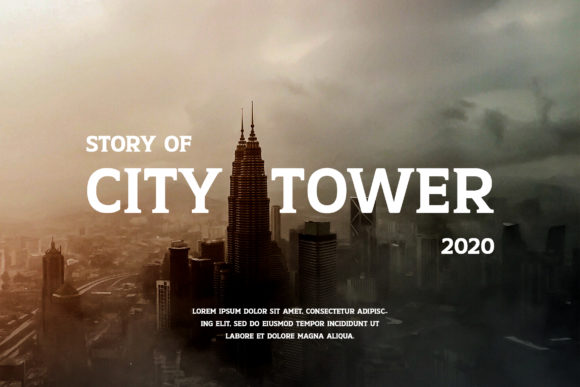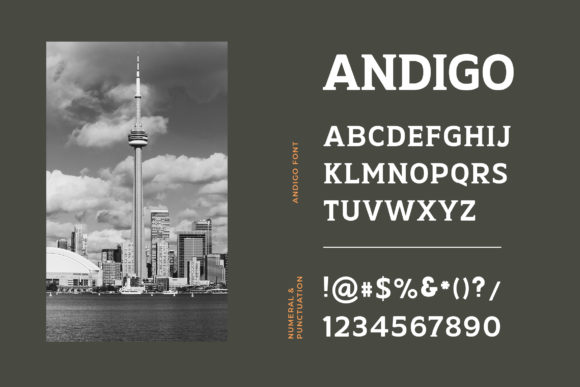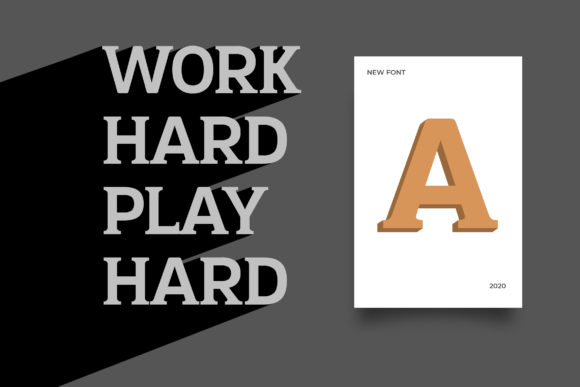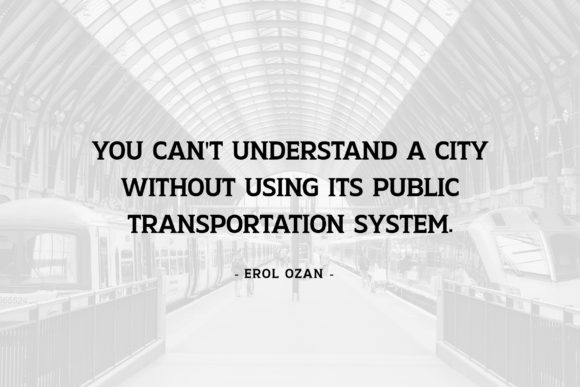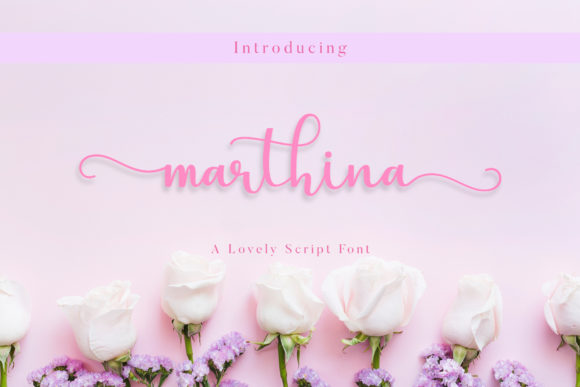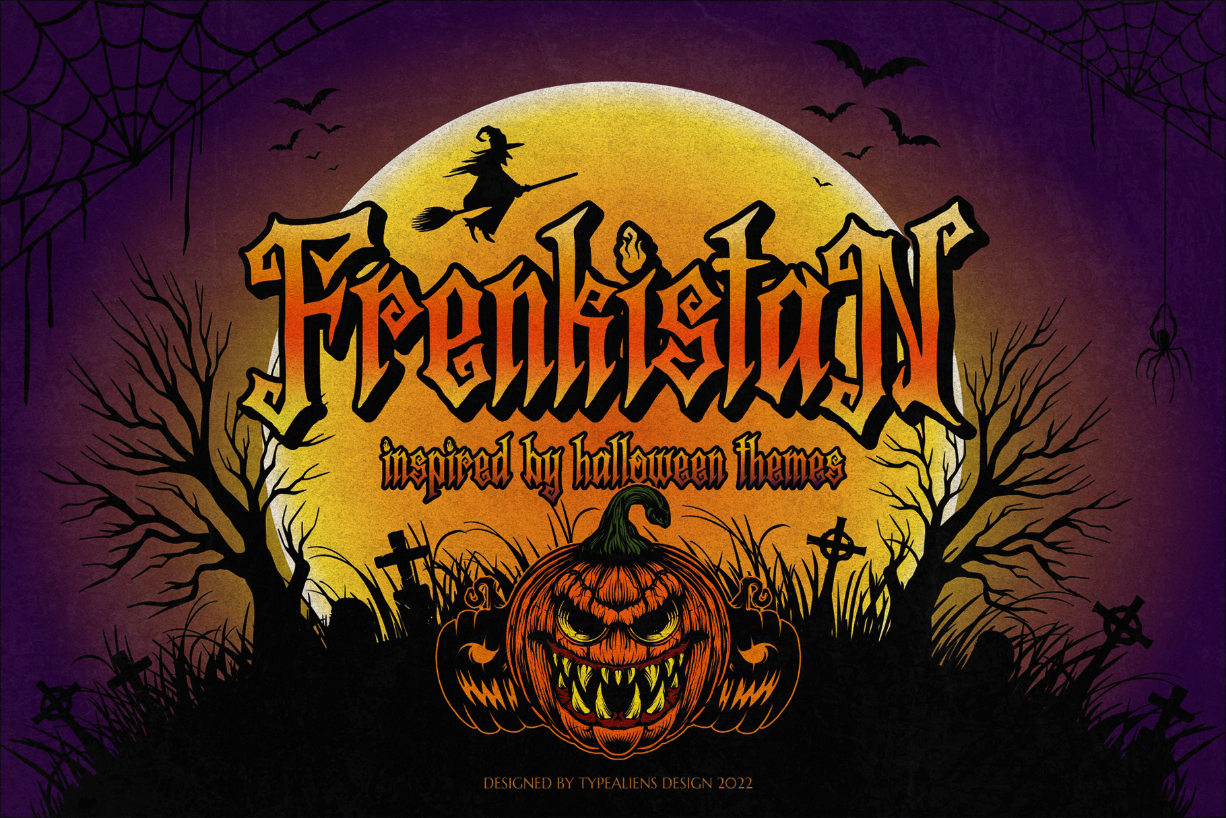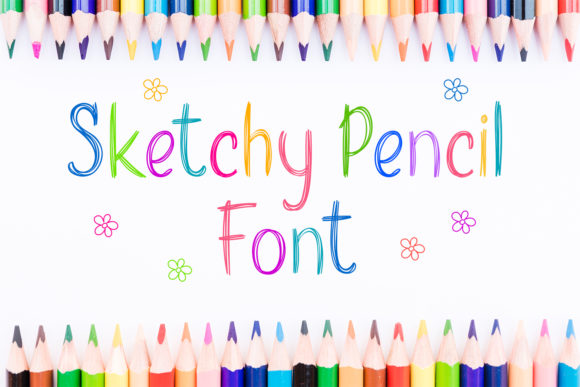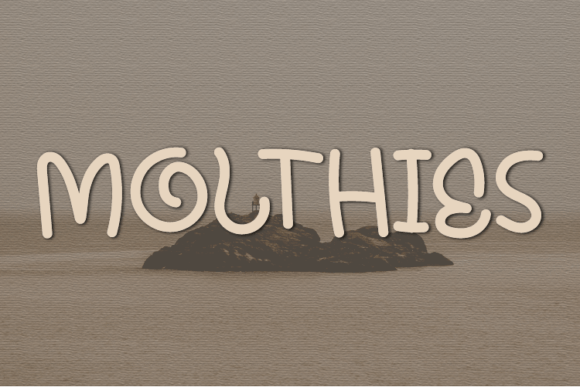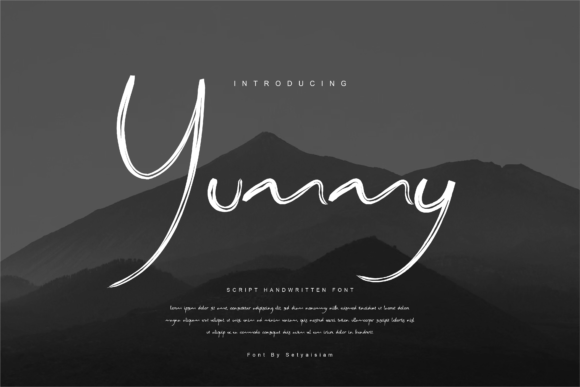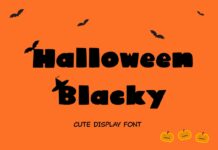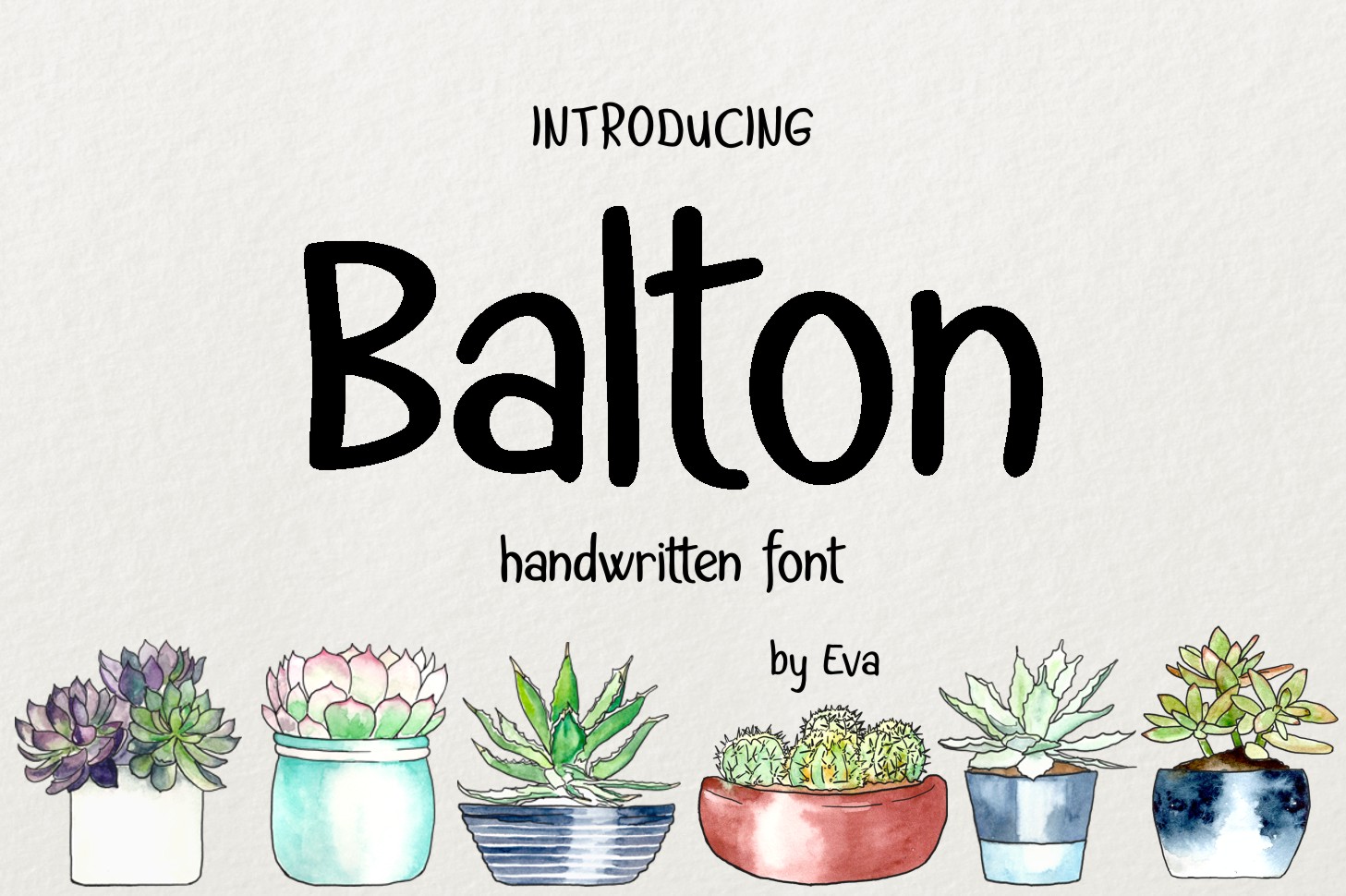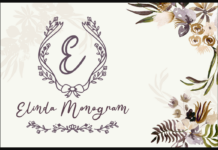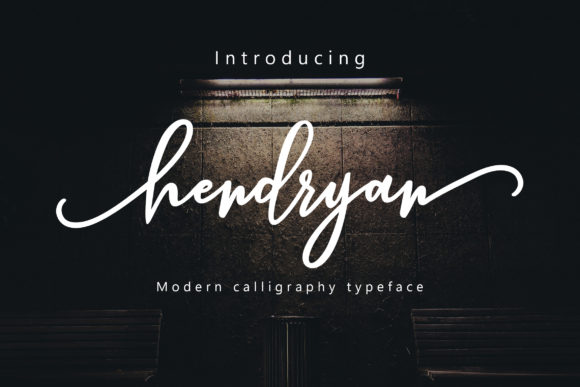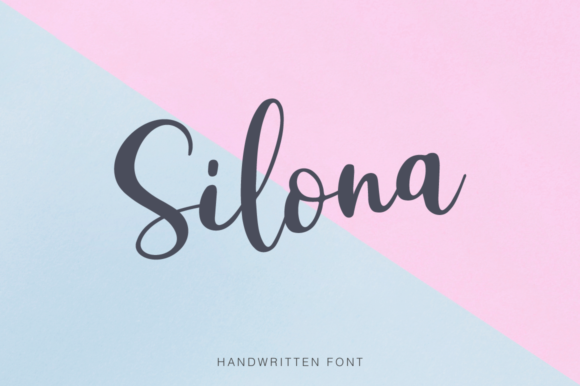Andigo: A Classic Slab Serif Font
Andigo is a distinctive slab serif font that embodies classic design principles. This typeface offers designers a powerful tool for creating impactful and realistic typography across a wide range of design projects.
Key Features of Andigo
- Classic Design: Features timeless elements that evoke traditional typography
- Slab Serif Structure: Incorporates the characteristic thick, rectangular serifs typical of slab serif fonts
- Realistic Aesthetic: Designed to make ideas appear more tangible and authentic
- Versatile Application: Suitable for creating spectacular designs in various contexts
- Impactful Presence: Offers a strong visual weight that commands attention
Ideal Uses for Andigo
Andigo’s classic characteristics make it particularly well-suited for:
- Editorial layouts and book design
- Branding projects requiring a timeless look
- Poster and advertisement layouts
- Website headers and digital content
- Packaging design for products aiming for a classic appearance
Design Considerations
When incorporating Andigo into your designs, consider the following tips:
- Use for both headlines and body text to showcase its versatility
- Experiment with different sizes to create hierarchy while maintaining readability
- Pair with sans-serif fonts for a balanced, contemporary look
- Take advantage of its realistic qualities to bring ideas to life in your designs
Conclusion
Andigo is an excellent choice for designers looking to add a classic slab serif to their typographic toolkit. Its ability to make ideas more realistic makes it stand out in the world of typography. Whether you’re working on logo designs, creating layouts for editorial projects, or developing branding for various businesses, Andigo offers the perfect blend of classic style and realistic impact.
Use Andigo to make your ideas even more realistic and create spectacular designs. From timeless headlines to readable body text, this font provides the tools to create impactful and authentic typography that stands out in various design contexts.
